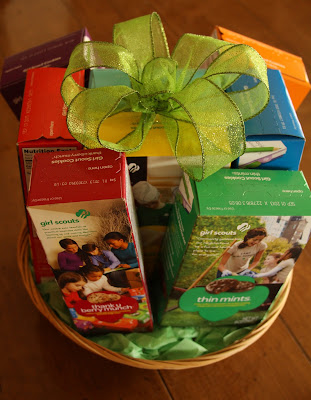I have been monitoring the mail delivery lately, waiting for my copy of the
Black Sheep Newsletter. Now people, no laughing, this is my life and so this what I read about. This quarter I was waiting with real anticipation because I have an article in it! And I found out last week that my article was on the FRONT PAGE!!!
Then the mail came today and this is what my copy looked like:
US Postal Service, I love you, but sometimes you break my heart.
The article was my summary of the Coopworth National Show, all the way back in September, which I promised to blog about at least three separate times and never got around to it. So let me take care of that now, since I have a bunch of time on my hands that I would otherwise be spending reading my
Black Sheep Newsletter.
The show merited an article because it was an entirely different kind of sheep show. If by chance you have ever observed a sheep show, you have probably seen a bunch of sheep being led around a ring, with a judge in the center comparing them to each other. The sheep are put in order at the end of each class, from first to last. Usually the biggest sheep are in first place, and it goes down in order from there.
The breed that we raise, Coopworth, are not a traditionally-shown breed. In fact, for a long time, members were actively discouraged from showing sheep because of the pressures of the show ring on a breed. Judges tend to prefer bigger sheep, with long legs and long necks. It doesn't make much financial or practical sense: as one long-time sheep breeder said, there's a lot of air between the bellies and the ground, and the legs and necks aren't worth much on the meat market. But that's what wins blue ribbons in the US, and so that's what people tend to breed for. Medium-sized sheep have steadily grown into largeish sheep, and large breeds can be the size of small ponies. Tales abound of cross-breeding behind the wood shed, of Columbias and Montadales quietly slipped into bloodlines (with no documentation, of course) to respond to the pressure of
get big or get out. The fact that the sheep don't meet their own breed standard is overlooked. Even worse is sheep with obvious defects—soft pasterns, cow-hocked, narrow pelvises, etc.—that maybe shouldn't even be bred, coming in first place above perfectly sound, but smaller, sheep. Such practical issues are irrelevant in the show ring.
Letty Klein (a well known sheep and fleece judge) addressed this problem in a separate article in this issue of the
Black Sheep Newsletter:
In some ways, the show ring influence is leading to a homogenization of our wool breeds. It is becoming difficult to walk into a show barn or even the show ring and distinguish one breed from another. Please think twice about changing your breed to meet the standard that wins in the show ring. Little things like ear-type, ear size, ear set, nose color and head shape make a breed different and easily recognizable.
The Coopworth anti-show philosophy is not without basis.
For the first national show, we decided to do something different: a card-graded show, where each sheep is judged against the breed standard, which is a written list of preferred or required attributes. The sheep were put into pens one at a time, and taken off halter so they could move freely. Two judges discussed the sheep's various points and came to a consensus about how well that sheep matched up with the breed standard. A card was given to each sheep: Blue for Excellent, Red for Good, Yellow for Acceptable, and White for Unacceptable.
After all the sheep were card graded, the sheep that received a Blue card were gathered for the judges to make a final determination, comparing them to each other (for the first time) to choose a Champion and Reserve Champion. Remember
these two girls, purchased by my friend Robin? The grey one was declared Champion, and our Jasmine was Reserve Champion. We were thrilled that four of the six sheep given a grade of Excellent were bred at our farm. What an affirmation of our breeding program!
Primo holding Jasmine, Secondo with Kevyn,
and Terzo all the way in the back with Lambykins
My boys are well used to losing in the show ring. They don't even bother to show in most open shows anymore. But bouyed by the success of our farm in the card-graded show, they decided to enter the open shows the next day, with one of the same judges... and they were placed at the bottom of the class with sheep that had just been declared excellent representatives of their breed. That's OK, I still have that light purple Reserve Champion ribbon hanging in my office. Best of all, I know we are on the right track.


.jpg)
.jpg)















































